With attention spans getting shorter and competition fiercer, brands are constantly searching for that magic formula to stand out. But the answer isn’t always a bold campaign or viral moment – it’s often something far simpler: familiarity.

There’s a psychological principle that explains why we’re drawn to things we’ve seen before. It’s called the Mere Exposure Effect, and when applied consistently, it can be one of your brand’s most powerful tools.
What is the Mere Exposure Effect?
First discovered by social psychologist Robert Zajonc in 1968, the Mere Exposure Effect describes our tendency to develop a preference for things simply because we’re familiar with them. In other words: the more we’re exposed to something – whether it’s a face, a logo, a jingle or a headline – the more we tend to like it.
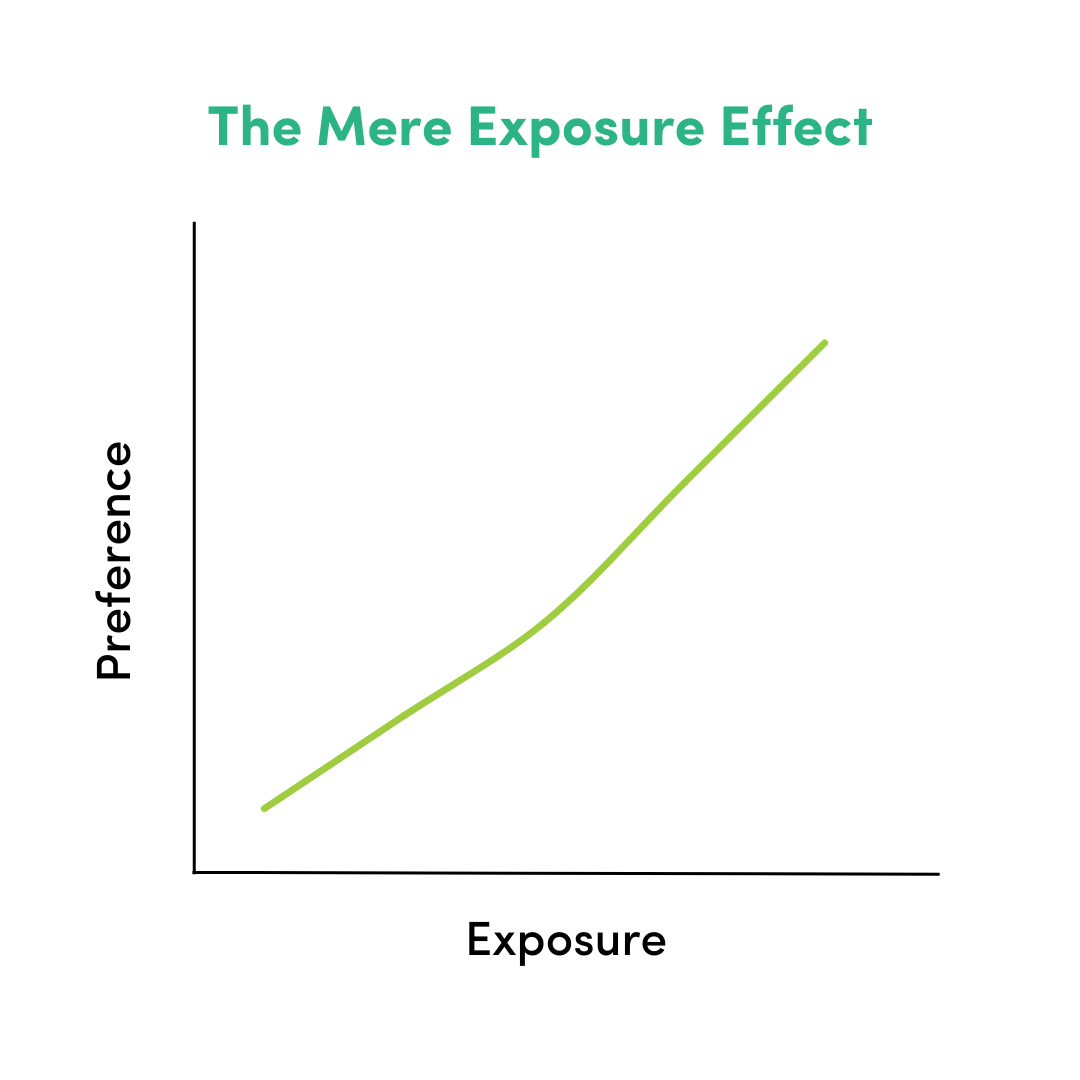
This psychological phenomenon works quietly in the background. Even if your audience scrolls past your ad without clicking, just seeing it contributes to a sense of familiarity. And that familiarity builds trust over time.
Why it matters in marketing
People rarely buy from a brand the first time they see it. More often than not, buying decisions are the result of repeated, low-pressure exposure. Think about your own habits – how often have you chosen a product, not because it was the best on paper, but because you’d “seen it around”?
That’s the Mere Exposure Effect at work.
In a world where digital feeds are overflowing, the brands that show up consistently – even subtly – have the advantage. They become recognisable, then trusted, then chosen.
How Always-On Marketing leverages this effect
Always-on marketing is the perfect vehicle for the Mere Exposure Effect. It’s about maintaining a consistent presence across your channels – not just during a campaign or a sale, but all year round.
Every email, social post or display ad adds another drop into the familiarity bucket. Even if those individual interactions don’t drive immediate conversions, they’re still doing the heavy lifting of brand-building behind the scenes.
Here’s how it plays out:
-
A potential customer sees your Instagram post.
-
A week later, they notice your logo in a newsletter.
-
A few days after that, they see a display ad while browsing online.
-
Then – when they actually need what you offer – your brand is already familiar.
That’s when conversions happen.
Tips for Putting the Mere Exposure Effect into Action
You don’t need a massive budget or flashy campaign to benefit from this. You just need consistency and intention. Here’s how:
1. Show up regularly across channels
Whether it’s organic content, paid ads, or email marketing – your brand should be visible where your audience spends time.
2. Be consistent with your branding
Colours, logos, tone of voice – these are your visual and verbal cues. Keep them uniform across every touchpoint.
3. Don’t worry about ‘going viral’
Your goal isn’t always to break the internet. Often, the most effective posts are the ones that quietly show up again and again.
4. Update creatives – but keep the core familiar
Freshen up your content regularly to avoid fatigue, but keep your core message and branding elements consistent.
5. Combine always-on with campaign-based activity
When it’s time to launch a campaign, the audience you’ve steadily exposed to your brand will be more likely to engage and convert.
Build trust first. Sales will follow.
The Mere Exposure Effect is proof that repetition isn’t boring – it’s powerful. And when you pair that with a well-planned always-on strategy, you create a foundation of trust and recognition that makes future campaigns far more effective.
If you’re ready to turn quiet visibility into long-term loyalty, we’re here to help. Aston Digital can work with you to develop and manage always-on marketing that keeps your brand visible, consistent and conversion-ready – no matter what the market is doing.
Book a discovery meeting with our team today and let’s keep your brand front of mind, always.
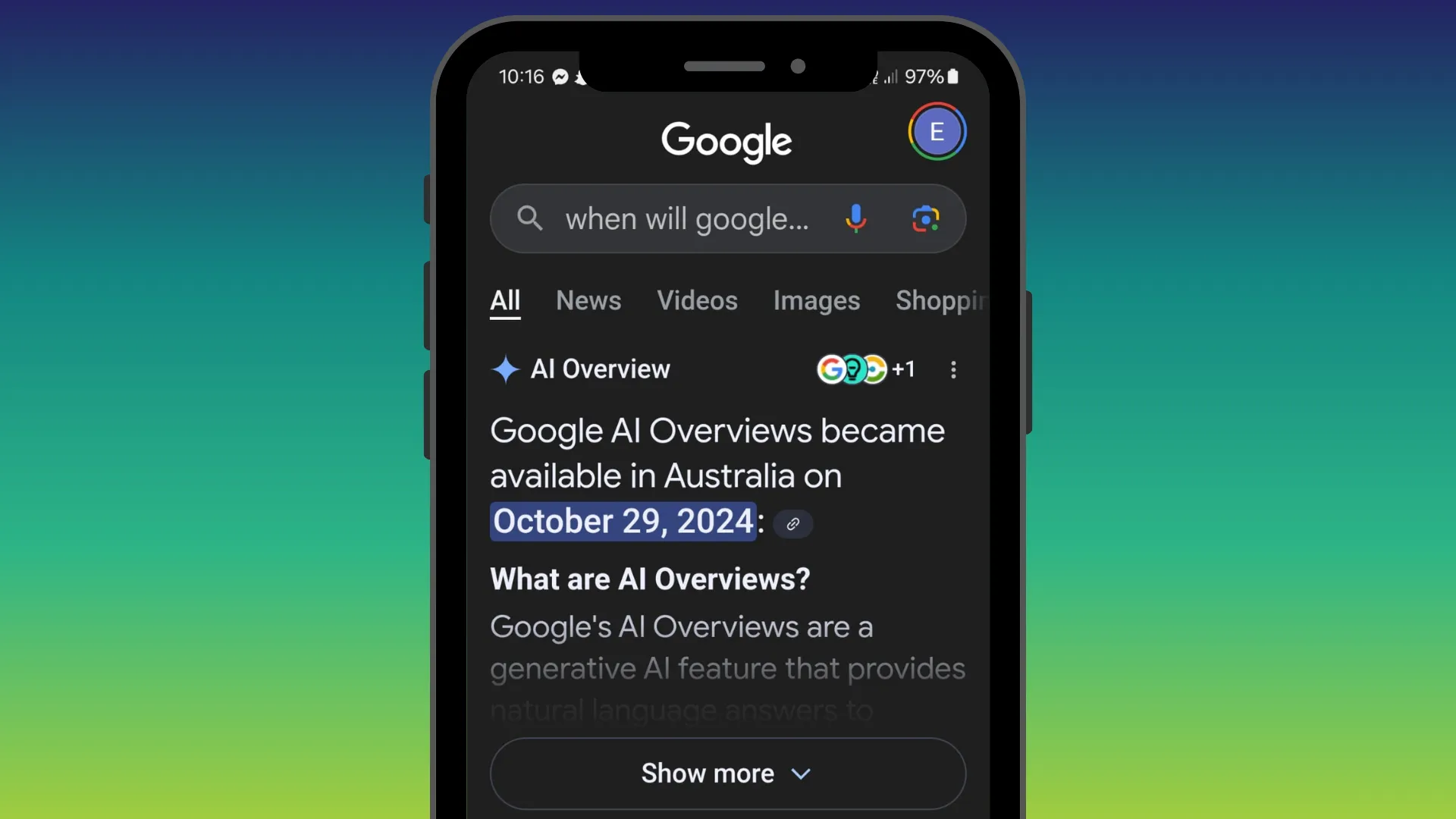
Google’s new search feature, AI Overviews, has recently launched in Australia, transforming how we interact with search engines. With AI-generated summaries now appearing directly in search engine [...]
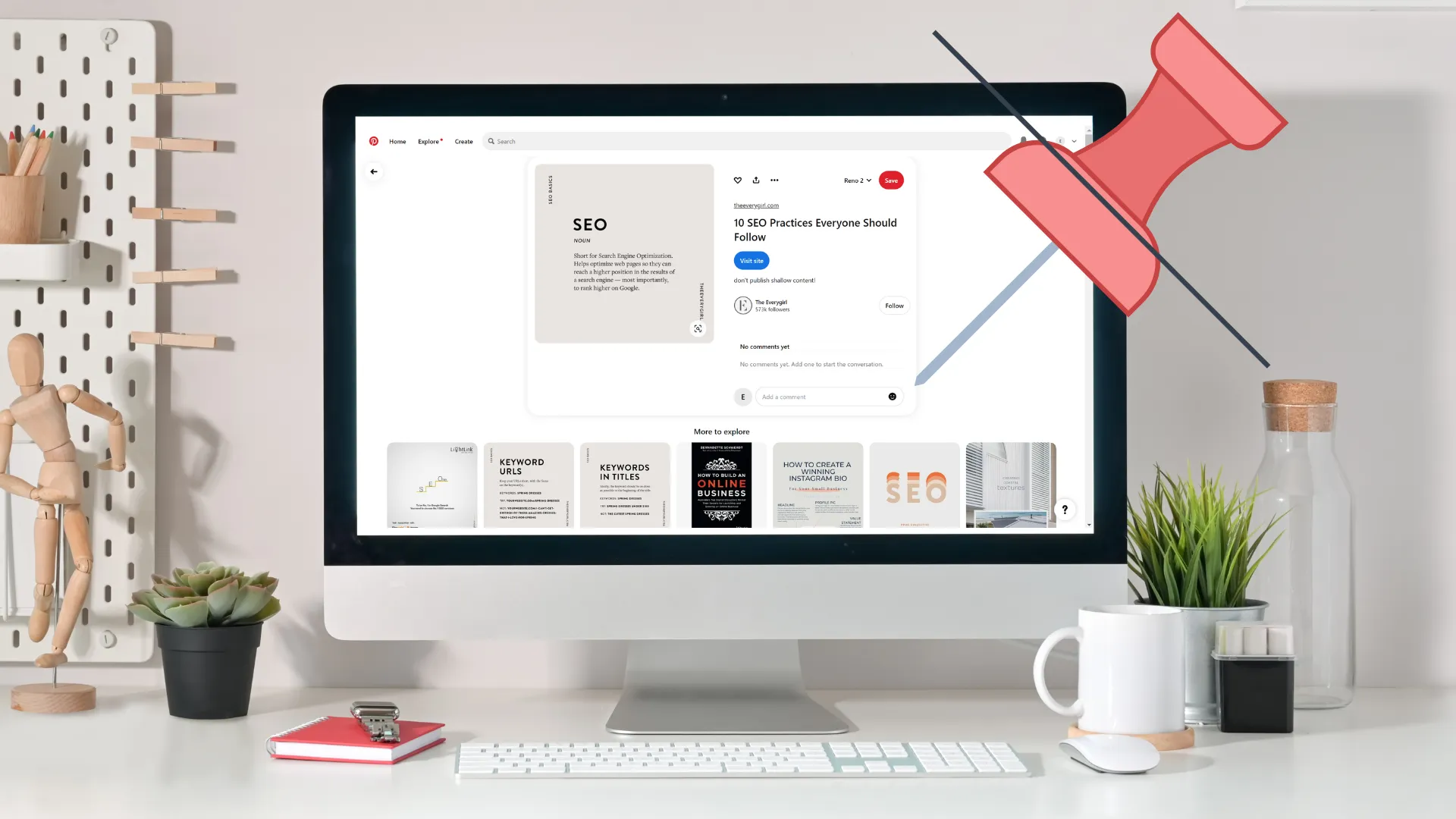
When you think about it, Pinterest is not really a social media platform but more of a search engine. While it does allow users to follow and [...]

One of our biggest takeaways from State of Social 2024 was the evolution of zero-click searches and the impact it will have on the way we do [...]

Have you noticed a drop in engagement on your brand’s Instagram posts? Likes not flowing as much as what they used to? The good news is you’re [...]

Last week, Facebook announced a major update: 'Views' will now replace impressions as the primary metric for posts and Stories. This change aligns with Instagram's recent metric [...]

It’s the second week of November, and Black Friday promotions are in full swing; emails, ads, organic posts. But, how many of these promotions are you actually paying [...]

Google’s new search feature, AI Overviews, has recently launched in Australia, transforming how we interact with search engines. With AI-generated summaries now appearing directly in search engine [...]
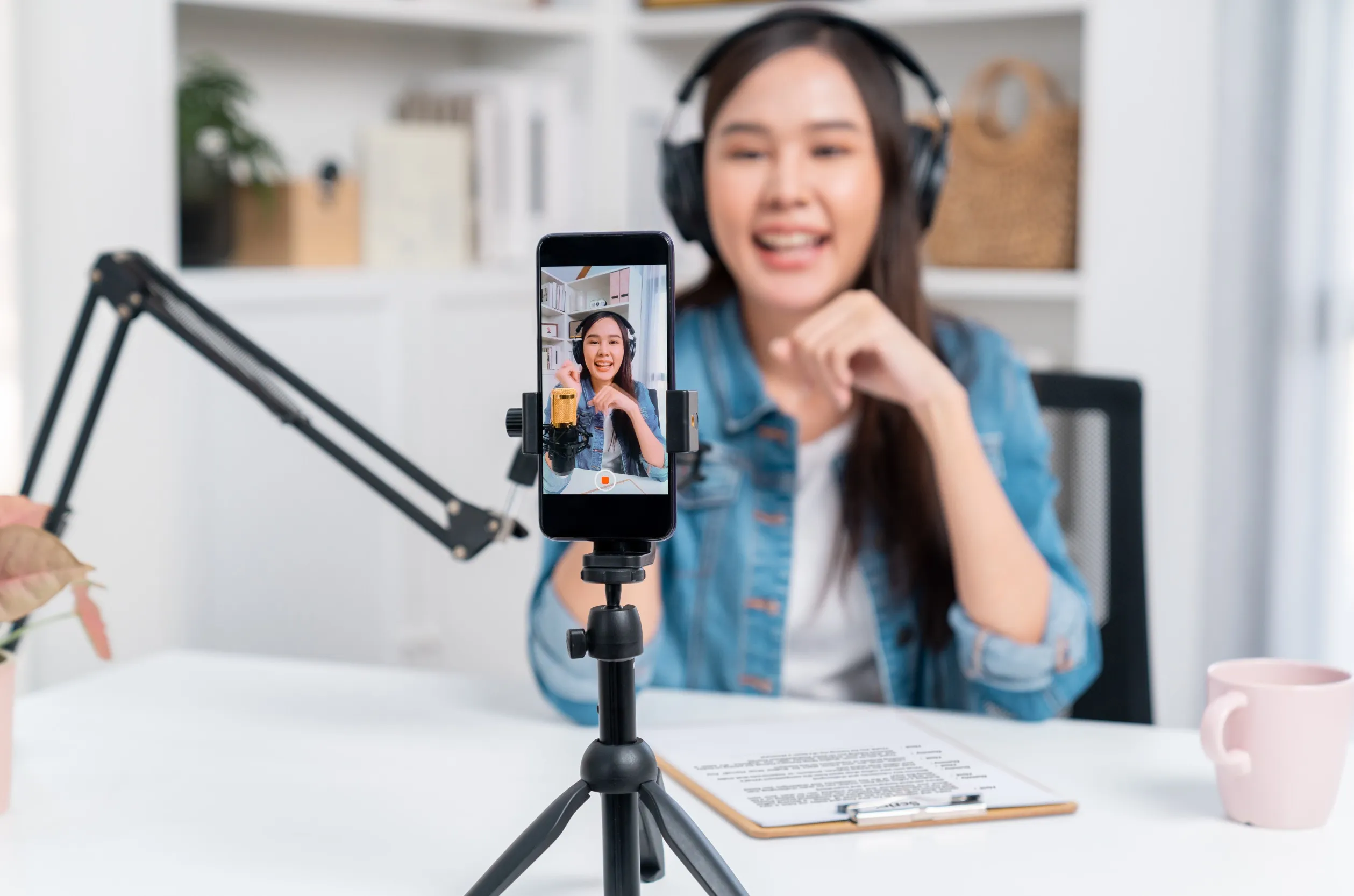
TikTok can be polarising. Those who use it, love it. Those who don’t often find it confusing or aren’t sure how it could fit into their social media [...]
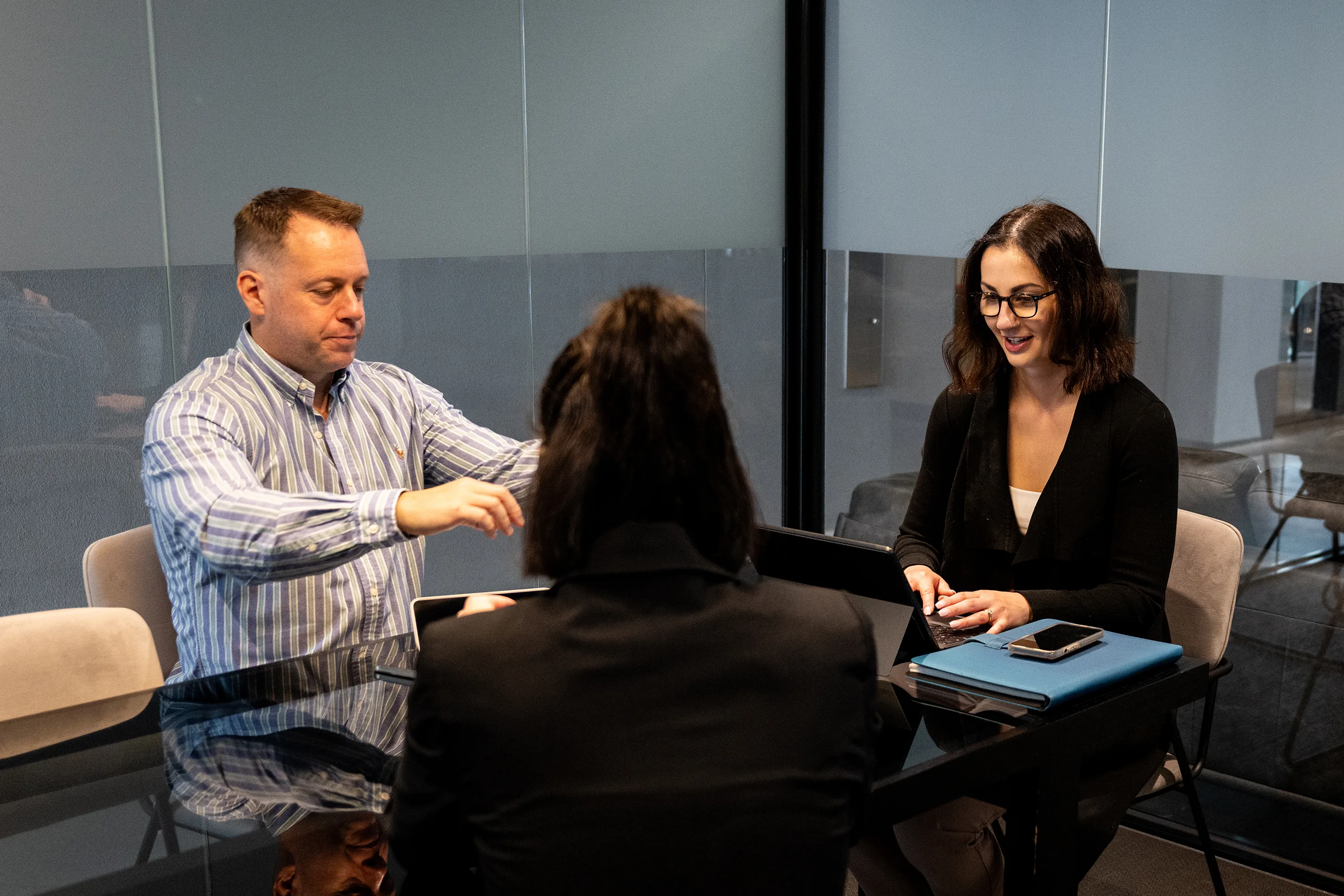
We’ve been geeking out over our latest Audience Intelligence Reports which rolled out to our clients over the last two weeks. Separate from our monthly digital marketing [...]

When you think about it, Pinterest is not really a social media platform but more of a search engine. While it does allow users to follow and [...]
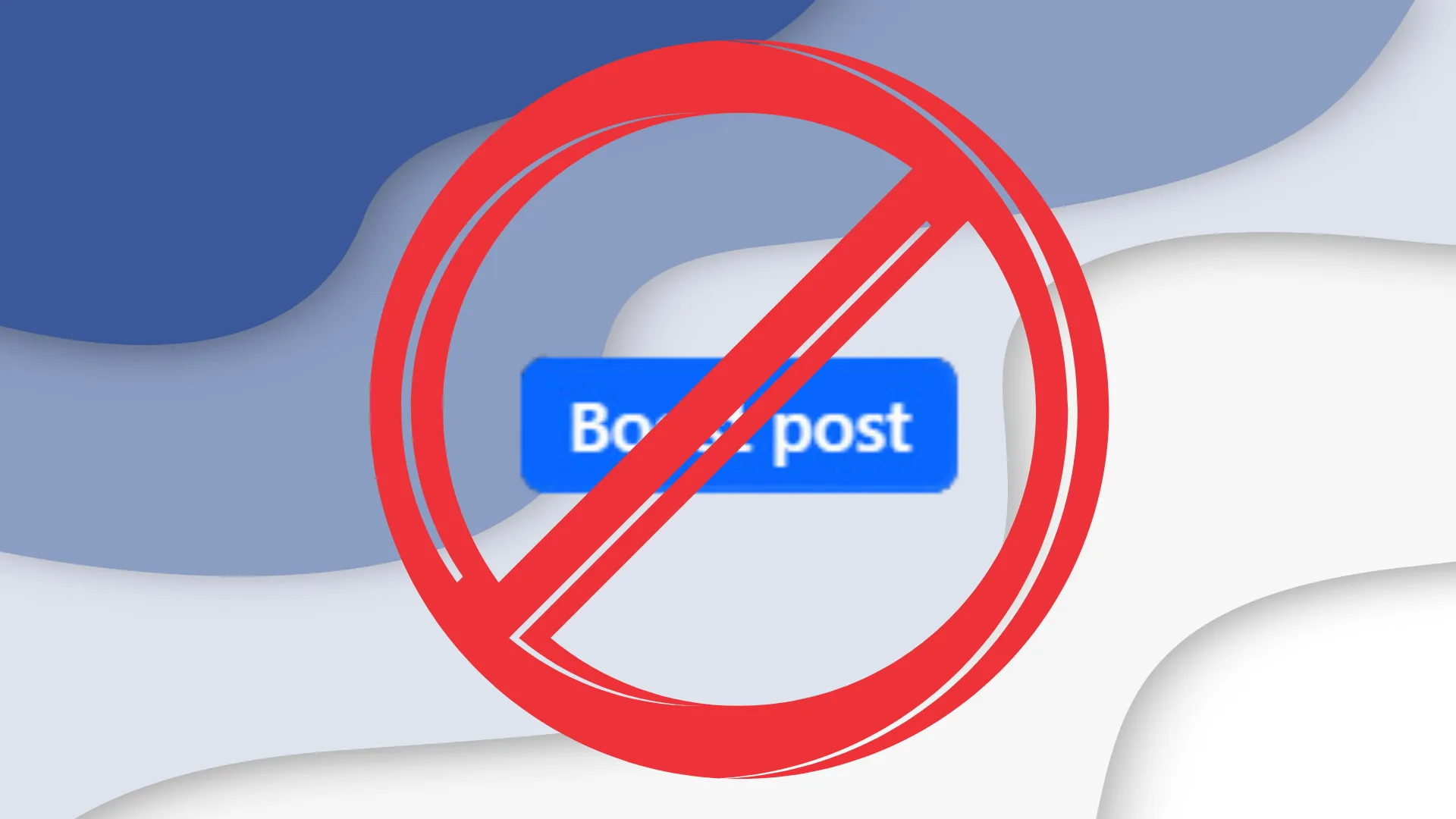
When a social media post starts gaining traction, you’ll often receive prompts from the platform encouraging you to reach a wider audience by boosting the post. A [...]
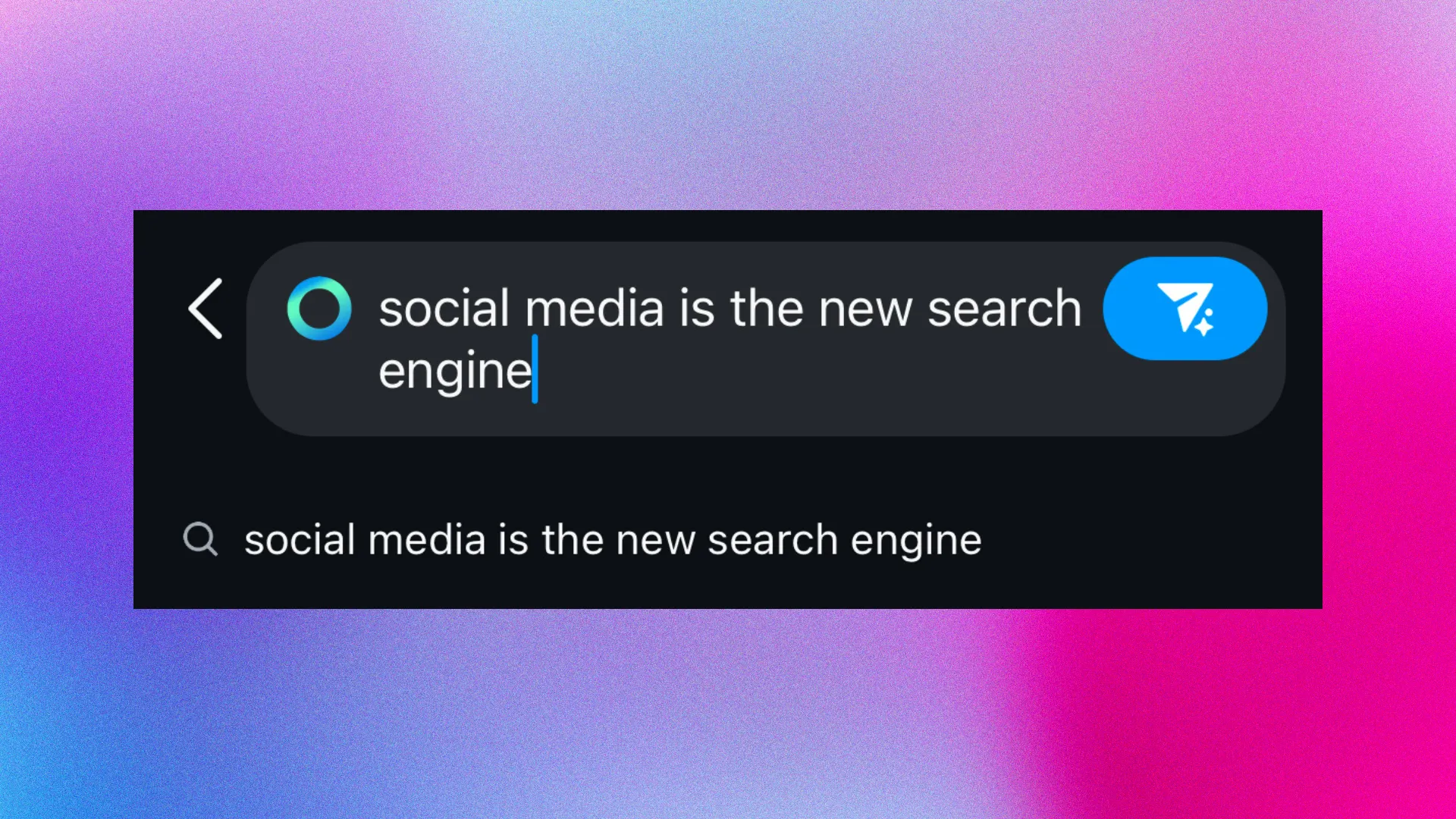
In our last article, we explored the rise of zero-click searches and its impact on how we find information online. This shift in user behaviour has also [...]

One of our biggest takeaways from State of Social 2024 was the evolution of zero-click searches and the impact it will have on the way we do [...]

Have you noticed a drop in engagement on your brand’s Instagram posts? Likes not flowing as much as what they used to? The good news is you’re [...]

